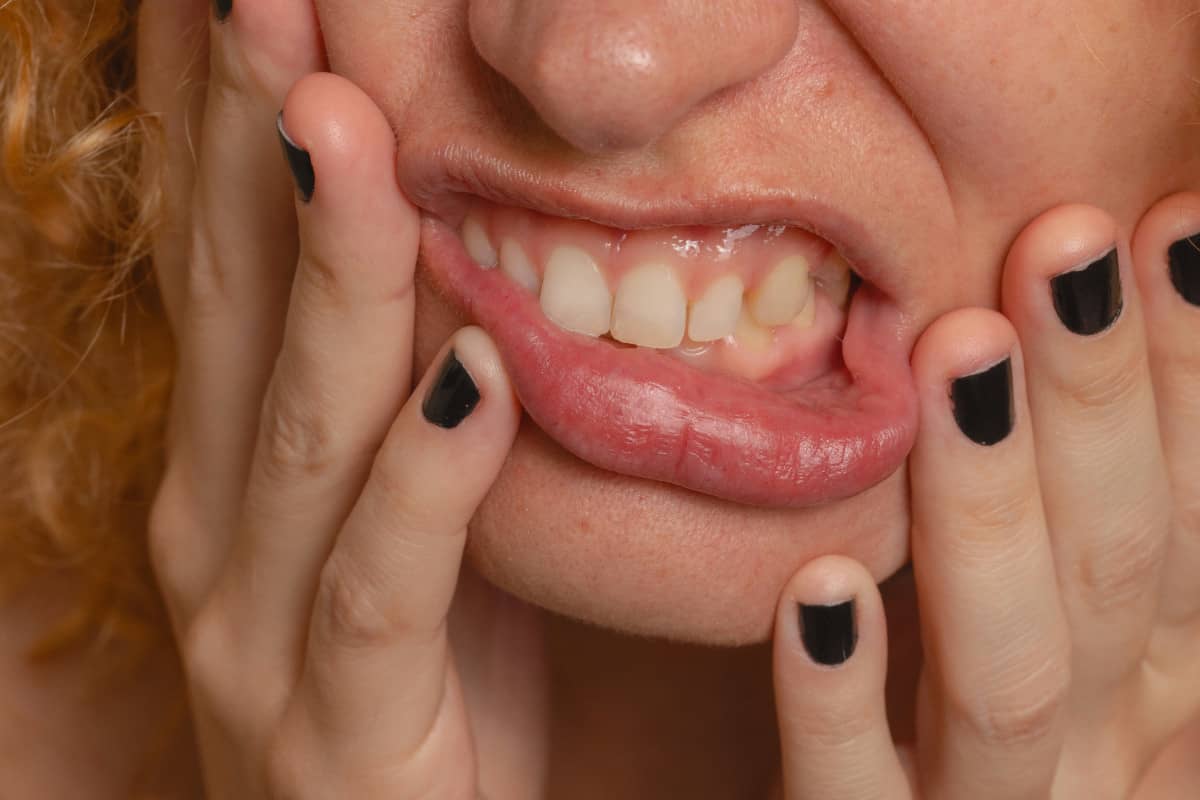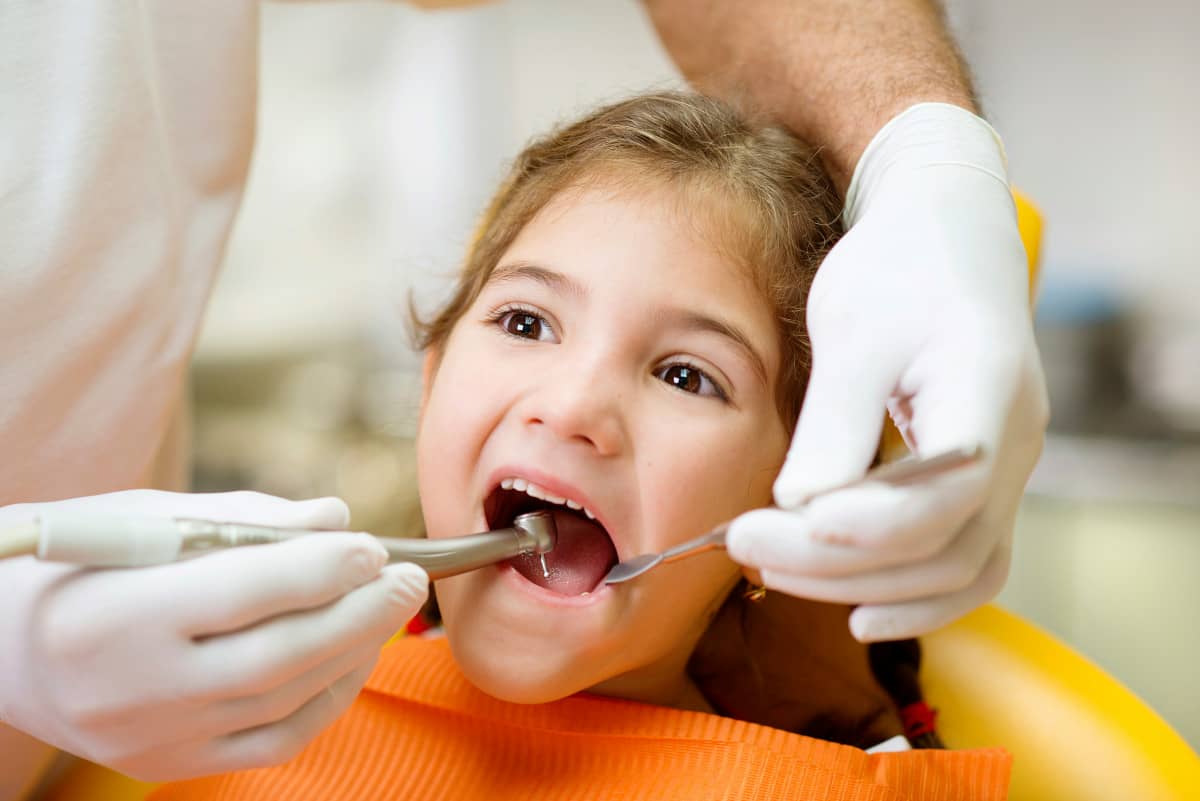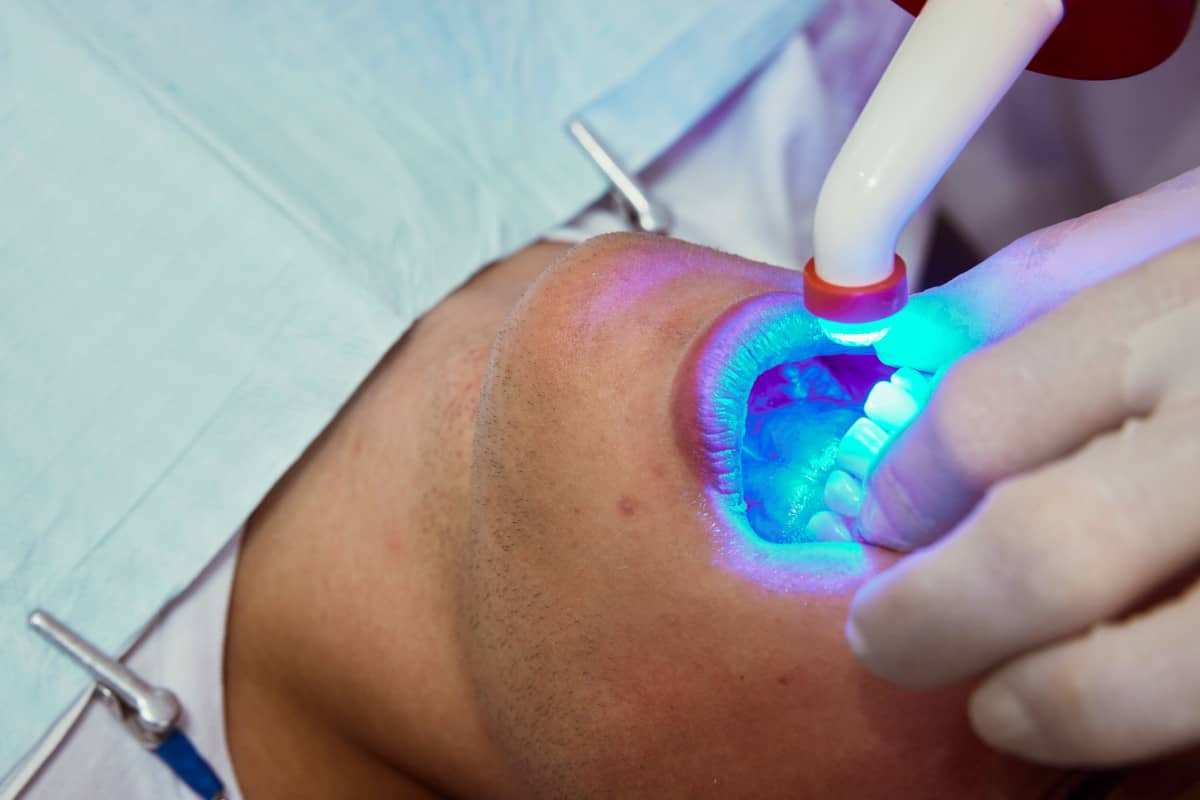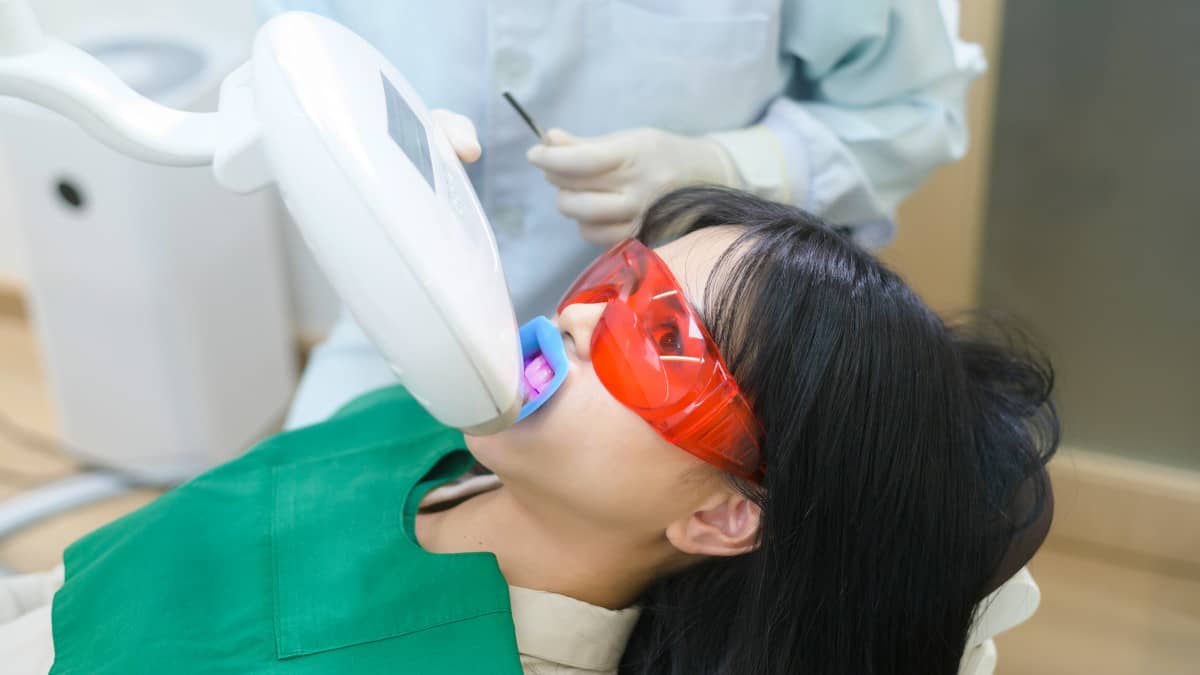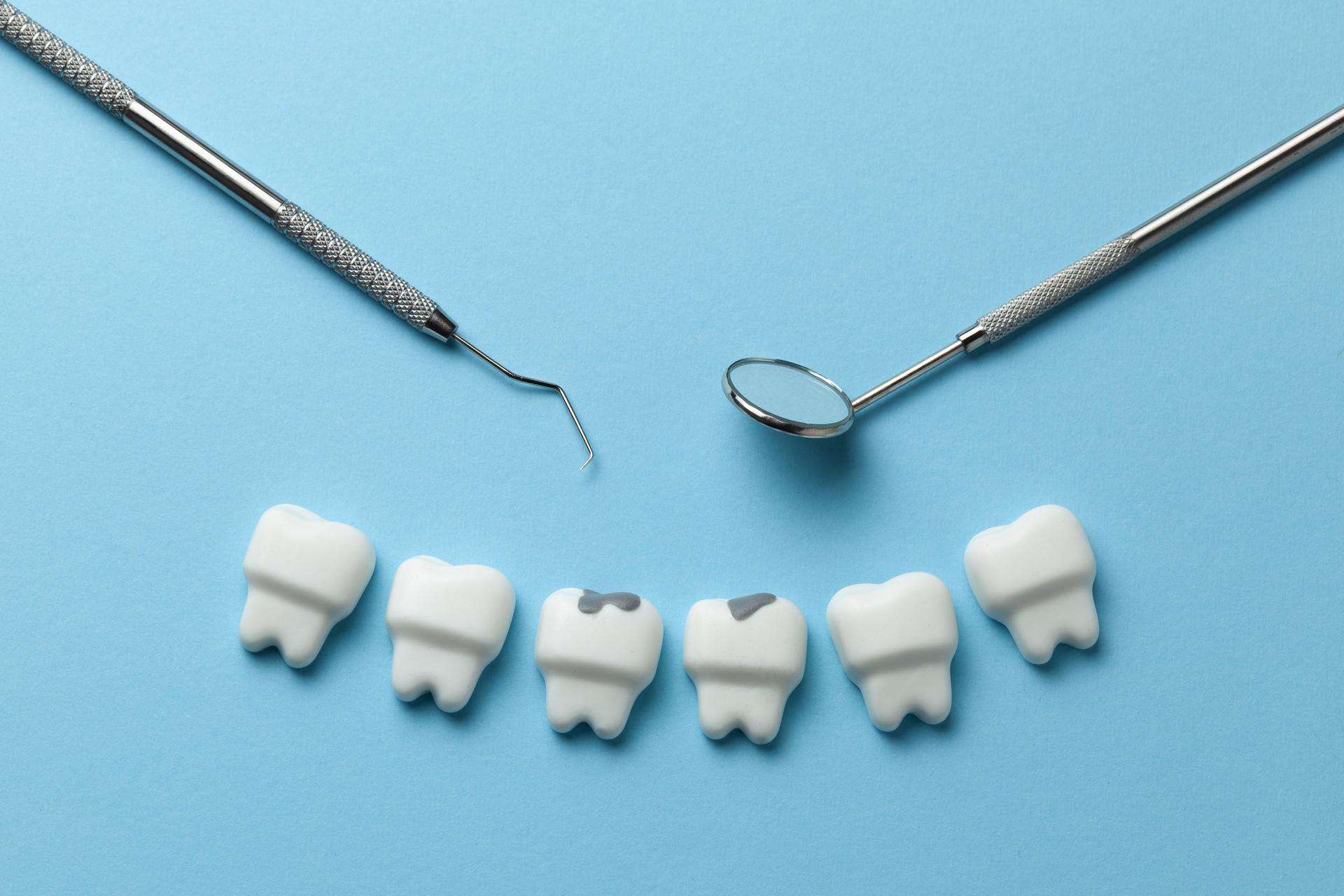
What is pit and fissure sealing?
Tooth decay is the most common oral condition during the growing-up period. Generally, good supervised oral hygiene and a balanced diet can help to prevent the child from suffering from this disease. However, only the paediatric dentist can check the child’s oral health status through regular check-ups and determine the need for preventive measures such as sealing dental grooves, pits and fissures.
Prevent childhood caries by sealing pits and fissures.
- What is pit and fissure sealing?
- Is pit and fissure sealing necessary?
- What is the technique of placing sealants?
1. What is pit and fissure sealing?
Pit and fissure sealing is a dental technique that is applied as a preventive measure against dental caries. It consists of applying a material to teeth (mainly molars) whose enamel is damaged or has grooves. It is carried out in a non-invasive and completely painless way, with the aim of preventing the formation of dental caries in the most sensitive areas and gaps. Pit and fissure sealing has two fundamental objectives:
- To act as a physical barrier to prevent food from being deposited and, consequently, bacterial plaque from accumulating.
- To facilitate the daily oral hygiene of children, as otherwise these gaps would be more difficult to access when brushing.
It should be borne in mind that sealants are not a definitive solution, only a preventive one. In other words, they do not prevent the development of caries over the years. It is therefore essential to have regular check-ups since, as we have mentioned, it is the paediatric dentist who can determine the real state of health of the teeth and gums using the technology and techniques applied in the diagnosis.
2. So, is it really necessary to seal pits and fissures?
Children’s teeth in the developmental stage (especially baby teeth) are much more vulnerable and prone to caries in the presence of plaque. In fact, childhood caries is much more destructive and, for this reason, preventive measures are always the best paediatric dentistry treatment a child can receive.
Together with the supervision of eating habits and oral hygiene, regular check-ups allow the appearance of caries in provisional and permanent teeth to be controlled during the eruption process. And, on some occasions, the specialist may recommend the sealing of pits and fissures. This can be carried out from the age of 6, when the first permanent molar has already erupted.
In other words, if after the examination and diagnosis, the paediatric dentist determines that the child is at high risk of suffering caries, this preventive technique may be recommended. Subsequently, it will also be important to check the condition of the second molars when they erupt, from the age of 12, as well as the lateral incisors.
Thus, if it is detected that these permanent teeth have grooves or fissures on their occlusal surfaces, if necessary to maintain their integrity, a sealant will be applied to reduce the possibility of caries formation, protecting the enamel of these more fragile teeth. In this way, it is possible to avoid the accumulation of food in the gaps that are more difficult to clean by brushing.
In short, this preventive technique is usually applied to the first and second permanent molars (and occasionally incisors) as they are the main teeth involved in chewing (crushing and grinding the food bolus), the ones that accumulate the most food debris and also the ones that are the hardest to reach with a toothbrush for oral hygiene at home.
3. What does the technique of placing sealants consist of?
The application of sealants is a simple procedure that does not require the use of anaesthesia. However, there are children who are very fearful of dental procedures and, in these cases, it is possible to use conscious sedation if the parent so decides, so that they are calmer during the process.
It is worth mentioning that this procedure can only be performed on a tooth that has erupted a short time ago. It is not recommended if there is incipient caries in the tooth, or in the adjacent tooth. If this is not the case, the procedure consists of the following steps:
3.1. Asilation and cleaning.
Prior to the application of the sealing material, isolation is necessary to prevent saliva contamination of the area to be treated, otherwise the success of the treatment will be compromised. Therefore, a prophylaxis must first be carried out on the tooth to be treated, which can also remove bacterial debris and plaque.
3.2. Acid etching and rinsing.
This technique is used to facilitate the adhesion of the necessary adhesives to the tooth surface prior to their application. The acid solution applied is removed after a few seconds and then cleaned and checked to ensure that the procedure has been carried out correctly, in order to continue with the treatment.
3.3. Application of sealant and light curing.
Generally, a liquid resin is used that remains adhered to the area, covering the gaps that must be protected from caries. Once applied, this material must be light cured using light curing lamps that apply a high intensity light, which allows the restorative material to harden.
3.4. Evaluation of the seal.
Finally, a scanning probe is used to check that the sealant has been retained correctly and that there are no bubbles or surface over-elevations. In this way, the success of the treatment can be guaranteed and the teeth can be protected from the accumulation of bacterial plaque.

